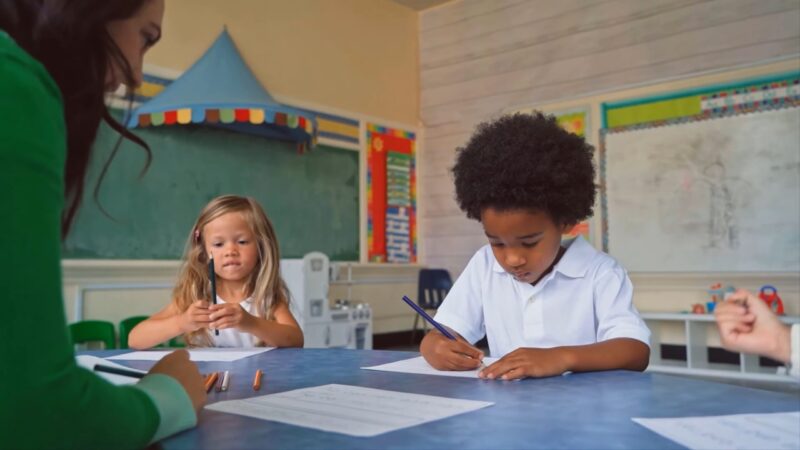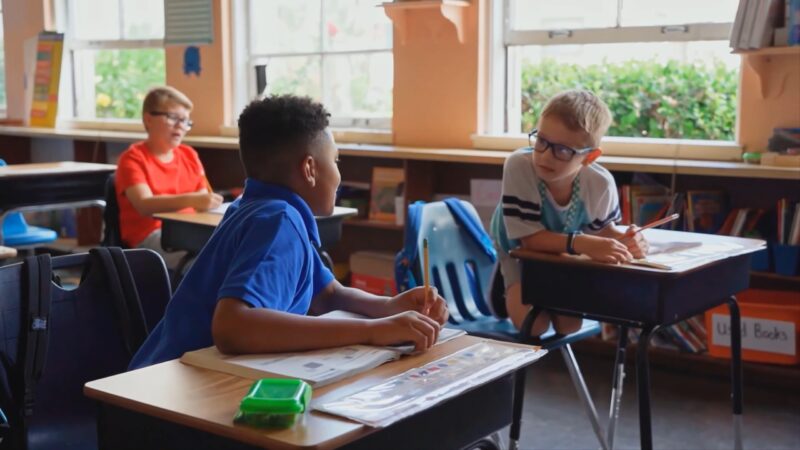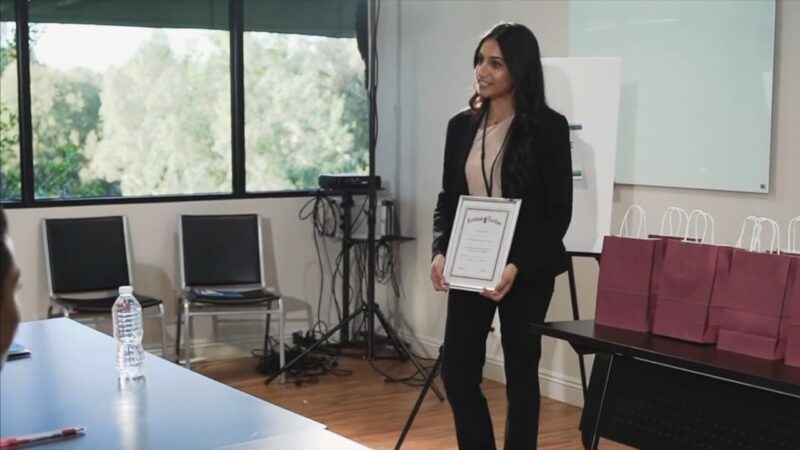In a world where knowledge is often seen as the key to unlocking doors, the significance of education cannot be overstated. But what happens when this essential pathway to opportunity is marred by inequality?
Brace yourself for a closer look at a harsh reality – the impact of inequality on education. This is not just a distant concern; it’s a matter that affects us all, touching the lives of students, families, and societies at large.
Join us as we talk about the harsh truths, the challenges faced, and the potential solutions that can shape a fairer and brighter future.
Historical Context
To truly understand the impact of inequality on education, it’s essential to look back at its historical roots.
The Legacy of Segregation
In the United States, the legacy of segregation has left an indelible mark on the educational system. Schools in predominantly Black neighborhoods, for instance, were historically underfunded and lacked resources.
This has created a ripple effect, where generations of students have been denied quality schooling, leading to a cycle of poverty and limited opportunities.
Gender Disparities
Historically, women were often denied the same schooling opportunities as men. In many cultures, they were relegated to domestic roles, with limited access to formal schooling. This has had long-term implications, with women often being underrepresented in higher education and professional fields, perpetuating gender-based income disparities.
Influence of Socioeconomic Factors

Socioeconomic status plays a pivotal role in determining educational outcomes. Children from wealthier families often have access to better resources, from private tutoring to advanced placement courses. This gives them a competitive edge, leading to better college placements and job opportunities.
Conversely, children from lower-income families may struggle with basic resources, perpetuating a cycle where wealth begets schooling opportunities and vice versa.
The Role of Neighborhoods
Neighborhoods play a significant role in determining the quality of schools. Property taxes, a primary source of funding for schools in many regions, mean that affluent neighborhoods can invest more in their schools.
This creates a disparity where children in poorer neighborhoods are left with underfunded schools, fewer resources, and larger class sizes.
Cultural Perspective

Culture and societal norms can significantly influence educational outcomes.
Stereotypes and Self-Fulfilling Prophecies
Stereotypes, such as those related to gender, race, or socioeconomic status, can influence teachers’ expectations of students. When students sense these lowered expectations, they may internalize them, leading to a self-fulfilling prophecy where they perform at the level expected of them, rather than their true potential. That’s why education plays important role in promoting gender equality.
The Value of Schooling in Different Cultures
Different cultures place varying emphasis on the importance of education. In some societies, schooling is seen as the primary pathway to success, leading to significant family and community investment in schooling.
In others, traditional roles or economic necessities might prioritize immediate work over long-term pursuits.
Policy Implications and Inequality

Government policies can either exacerbate or alleviate educational inequalities.
Funding Models and Their Consequences
Many educational systems rely on local funding, often through property taxes, to finance schools. This model inherently favors affluent areas, leading to a stark disparity in resources between schools in wealthy versus impoverished areas.
Such policies can perpetuate inequality, as students in underfunded schools face challenges that go beyond just the curriculum.
Affirmative Action and Equal Opportunity
Affirmative action policies aim to level the playing field by providing marginalized groups with better opportunities in schooling and employment. While they have been instrumental in increasing diversity in educational institutions, they also face criticism and legal challenges.
The balance between ensuring equal opportunity and maintaining meritocracy is a delicate one.
What’s the Psychological Impact?
Beyond the tangible effects of educational disparities, there’s a psychological dimension that often goes unnoticed.
Self-worth and Academic Identity
Students who consistently face schooling barriers or are reminded of their ‘inferior’ status can grapple with issues of self-worth. Their academic identity, or how they view themselves in the context of education, can be negatively impacted, leading to diminished aspirations and a reduced drive to pursue higher education.
Global Perspective on These Disparities

Inequality in education isn’t just a domestic issue. When viewed on a global scale, disparities become even more pronounced.
Developing vs. Developed Nations
While developed nations grapple with issues of funding and cultural biases, many developing nations face basic challenges like access to schooling, especially for girls, or the availability of trained teachers.
These fundamental disparities have long-term implications for global economic and social development.
The Role of International Organizations
Organizations like UNESCO and UNICEF play a crucial role in addressing schooling disparities globally. Through initiatives, funding, and advocacy, they aim to ensure that every child, irrespective of their socioeconomic or geographical background, has access to quality schooling.
How to Bridge the Gap?

While the challenges are immense, they are not insurmountable. There are many innovative solutions and strategies that have been employed to address educational inequalities.
Community and Private Sector Involvement
Communities and private sectors can play a pivotal role in bridging the educational inequality gap. Initiatives like scholarship programs, mentorship opportunities, and community-funded schools can provide students from marginalized backgrounds with better opportunities.
Technology as an Equalizer
The digital age presents a unique opportunity to address these disparities. Online learning platforms, digital resources, and remote schooling can make quality education accessible to all, irrespective of geographical or socioeconomic barriers.
FAQs:
How do peer beliefs and values impact educational achievement?
Peer beliefs and values can get entrenched in culture, influencing students’ attitudes towards schooling. For instance, the stigma of “acting white” among many black students can lead to social isolation for high-achieving students.
What are some potential solutions to address this problem?
Solutions include access to early learning, improved K-12 schools, more family mealtimes, reinforced learning at home, data-driven instruction, longer school days and years, respect for school rules, small-group tutoring, high expectations of students, and safer neighborhoods.
How can educational policies be reformed to address inequalities?
They should focus on providing equal opportunities for all children, regardless of their background. This includes investing in early childhood schooling, ensuring access to quality resources, training teachers to address diverse needs, and implementing practices that promote inclusivity.
Is there a connection between a country’s wealth and educational equality?
Living in a rich country does not guarantee equal access to quality education. Despite the wealth of a nation, disparities in schooling opportunities and outcomes can still persist.
How can schools achieve better student outcomes?
High-quality education is crucial. Practices that have shown promise include longer school days and years, data-driven instruction, small-group tutoring, high expectations, and a school culture that values human capital.
The Bottom Line
In conclusion, while the impact of inequality on education is profound and multifaceted, understanding its roots and manifestations is the first step towards addressing it.
With concerted efforts from policymakers, communities, and educators, we can aspire to create a world where every child has an equal shot at quality schooling.
